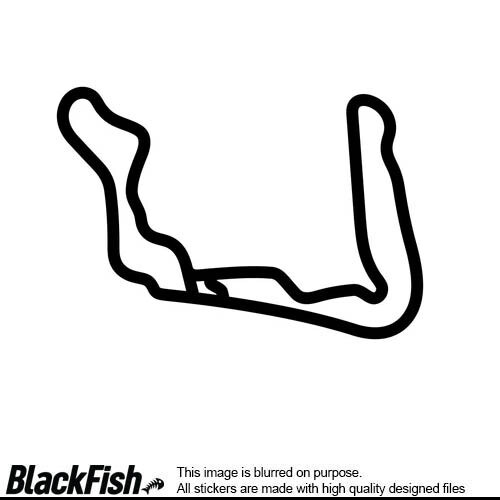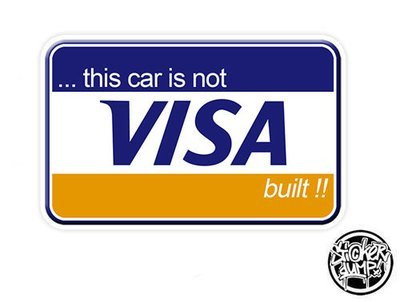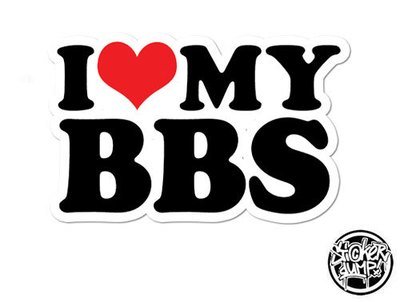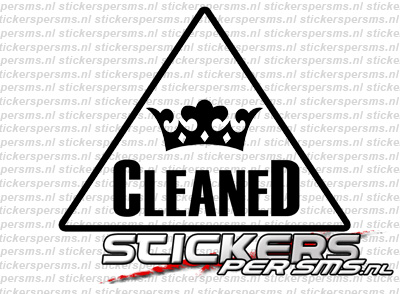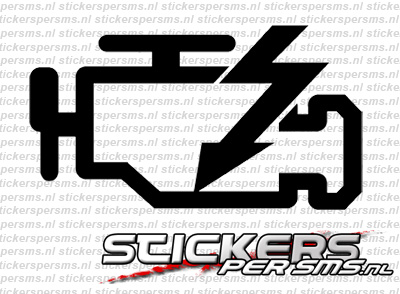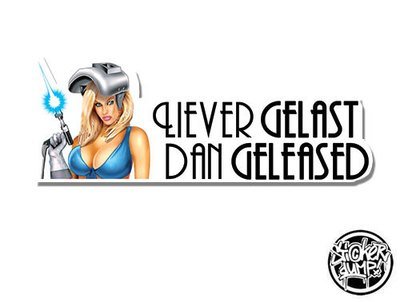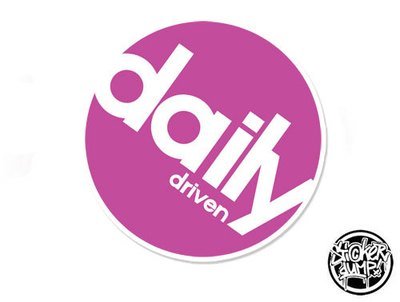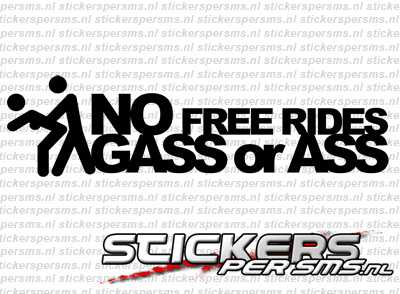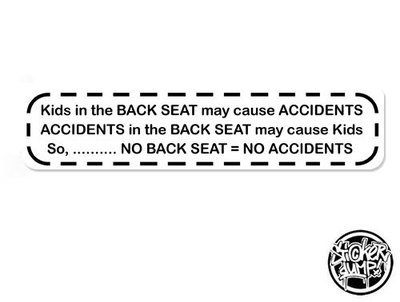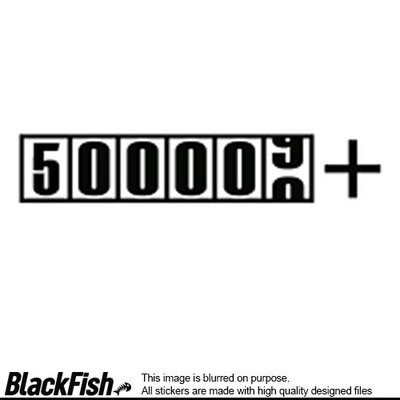Racetrack Europe Germany Bilsterberg
GERMANY - Bilsterberg
Bilster Berg Drive Resort GmbH & Co. KG, Bilster Berg 1, 33014 Bad Driburg, Germany
We produce stickers that makes your car or bike stands out in the stance, racing, dragrace, drift and/or international car show scene ! Over 16 years experience, special vinyls and unique designs. Looking for your own design, social media tag or communiy/club stickers? Contact us !
Follow our adventures around the world on Instagram.
Anyone doubting Hermann Tilke's ability to design anything other than a synthetic, cookie-cutter F1 venue should take a visit to the Bilster Berg Race Resort. Possibly his finest work, this exclusive private-members facility is probably the most deserving of the many tracks to boast of being a mini-Nürburgring, even if the real thing is itself only a few hours away.
With big elevation changes, blind corners, swooping curves and surrounded by woodland, at times you might think you actually are on the Nordschleife. With 19 corners and 44 dips and crests, its definitely exciting to drive. Double World Rally champ Walter Röhrl also had some input into the course design, so it is perhaps not surprising the resulting course has more than a few similarities to a mountain rally stage...
The circuit owes its origins to the Cold War, when the legacy of the division of Germany post World War II by the Allies resulted in deep suspicion and animosity between East and West. West Germany would become the frontier and, as a result, American and British military forces had numerous bases in the country, keeping a wary eye on the East German forces. One of these was an ammunition depot at Pömbsen, built at great expense (8 million Deutschmarks, or around €40 million in today's money) by the British Army.Construction began in 1971 and almost the entire area of 84 hectares was cleared, with 140,000 cubic metres of soil moved and a road network with a total length of 6.5 kilometres installed. Some 40 buildings were constructed, the majority of them serving as depots for conventional ammunition. In order to ensure maximum safety, these depots were constructed with 70 cm thick walls of reinforced concrete and light roofs. Numerous shatter protection walls provided additional protection for neighbouring depot halls.
When the facility was opened in September 1973 after two years of construction, it was considered as "one of the safest, state-of-the-art and powerful in Western Europe". The area served as an ammunition depot for the NATO Rhine Army for exactly 20 years. From here, British forces were supplied with ammunition for their efforts in the Falkland war in the summer of 1982 and in the first war against Iraq in 1990/1991. In 1993, the British closed down the depot and returned it to the Federal Republic of Germany, who in turn sold it back to the original landowner, Johann Friedrich Baron von der Borch.For a while the facility was used as a depot for construction rubble but for the most part the land lay idle, while a variety of ideas for finding a profitable use came and went without coming to fruition.
Then in April 2004, Baron von der Borch was cycling around the site with his friend Marcus, Count of Oeynhausen-Sierstorpff, who recognised immediately the potential as a site for racing. What seemed at first like a crazy idea gathered pace when the pair convinced Hermann Tilke to come onboard. Initially sceptical, Tilke was soon persuaded after a visit to the site .Next to join the project was Röhrl - a friend of the Count of Oeynhausen-Sierstorpff - and plans for the 4.2km circuit were soon progressing. Bureaucracy proved a little slower to catch up, with six years passing while countless discussions and project presentations finally managed to secure the necessary permissions for construction to start. Finances for the project included the investment of 172 private members, who would enjoy special usage privileges once the circuit was complete.
Construction - at a cost of €27 million - began in August 2011 when initial ground clearance began, with the first foundation stone laid in September. Over the next 20 months up to 200 construction workers were on duty to create the circuit and associated buildings Around 400,000 cubic metres of earth was excavated and in total, 4,500 cubic metres of concrete, 25,000 cubic metres of sand and gravel, 22,000 cubic metres of asphalt and 700 tons of steel were used. Moreover, 55,000 metres of pipelines and tubes, 4,400 metres of drainage gutters and 86,000 metres of cables were installed.
Before and during the construction period there were numerous problems, not least of which were persistent wranglings over planning and environmental permissions, including a legal challenge by environmental groups. The track was built in a wooded area close to the planned national park Teutoburg Forest and the Eggegebirge, a haven for several endangered species. More than 200 objections to the project were filed and in November 2011, the regional court in Minden provisionally cancelled approval for operations, asking for improvements in the noise-protection measures. Another blow came in January 2012, when the banks withdrew their financing commitment. Shareholders decide to plough ahead with an all-equity financing scheme.
In May 2012 the superior administrative court in Münster rejected a protest aimed at continuing the interruption of the construction and more good news came in June when the first asphalt layer was laid. Then, in August, after circuit bosses withdrew an application for exceptional operations days, the region of Höxter issues its permission, which was rubber stamped two months later when the administrative court in Minden rejected suits by neighbours, granting no right of appeal. Bilster Berg had finally got the approvals it needed to commence operations. By April 2013, the track was fully operational and a grand opening was organised for May 31-June 2, attended by an impressive 40,000 visitors.
Necessarily, the planning restrictions mean that Bilster Berg does not have the facilities necessary for hosting sanctioned racing events, however this was never part of the project plan. The circuit is run on a model more akin to an exclusive country club, following a similar model to that established at the Ascari circuit in Spain. Shareholder members get access to the track on around 80 days per year for their yearly fees, as well as eight exclusive weekends and "after work tickets" to drive the track between 6 and 8 p.m. each week. New members can only join when an existing shareholder wishes to sell - and even then the sale must be approved by the other members.
The facilities are luxurious, with a clubhouse on the western loop (Westschleife) boasting a large seminar room, a small lounge and the large club room with a bar and terrace overlooking the track. The clubhouse has its own access road to the track from where, participants can drive onto the track directly. The terrace building on the eastern loop (Östschleife), meanwhile, houses the track's control centre, two large seminar rooms, and management offices. The "TURN One" restaurant, located on the upper floor, provides an excellent view of the paddock areas and the main straight.
Dotted around the site are a number of storage halls, which club members can rent to store the vehicles for use on the track. To facilitate quicker turnaround of vehicles on and off the track during members' events, the eastern loop unusually boasts two pit lanes, either side of the track. Four large pit halls on either side each offer approximately 3,500 square metres of storage space. Long-term storage can also be facilitated in one hall, which features lockable wire mesh boxes in which two cars can be stored with a hydraulic lift- up to 44 vehicles in total.
As well as member events, the track is available for corporate events, including conferencing. The circuit is also a favoured venue for manufacturers, where prototypes can be tested without being disturbed while facilities also exist to calibrate driver aid systems (EPS, ABS etc.) at high speeds.
Various packages are available for non-members, including guided tours, 'brunch and drive' events and even race experience days, where you can sit as a co-driver in one of the circuit's numerous GT3 or sportscars during a race simulation.
